Name: Yellow stonecrop has several other names that indicate its colour of flowers and other features. These names include orange stonecrop, a reference to the colour of the seed pods, Russian stonecrop, reference to its geographical occurrence, and Kamchatka stonecrop, a more precise reference to its natural location. Stonecrop grows in very dry, stony soil and, in some cases, on walls. This species is related to the native stone crop or wallpepper. The latter is so named because its small fleshy leaves have a peppery taste.
Botanical name: The botanical name is Sedum kamschaticum as it comes originally from the Kamchatka Peninsula in eastern Siberia, a very remote area that is accessible only by flying or by sea. It is a land that is punctuated by 300 volcanoes, 30 of which are large and active. It was the location, in 1952, of an enormous earthquake that sent 15 metre tsunami waves throughout the Pacific, with smaller ones as far south as southern Australia.
The peninsula is at the northern end of the volcanic fault line that includes Japan, the Pacific islands and New Zealand. It has a severe snowy winter climate. In summer, it can be very wet and marshy. Work has been done in recent decades on the reclassification of sedum and its related genera and species. Some authorities used to place sedum within the genus, Crassulaceae. Some of these species are not hardy in frost, such as the Jade tree or money trees, while others can withstand severe cold.
Garden value
The plant is evergreen with small, fleshy leaves about the size of a teaspoon each. These are fleshy and waxen on the outside. Both of these strategies are defences against moisture loss, which is often associated with dry soil, but can also be caused by desiccation that occurs under very cold conditions.
As a garden plant, this sedum is very robust and can be used in a variety of ways. Its most obvious use is in a rock garden where its mats of fresh green foliage set off stone, gravel and sand very effectively. It can be planted at the front of beds and borders where it acts as a resilient ground-cover plant. Stonecrop species in general are associated with walls and particularly attractive when they are growing in the top of a wall which could be a boundary wall or a retaining wall holding back soil.
While the foliage of sedum is active, the flowers make a perfect complement. The tiny yellow flowers are only 1cm or so in diameter so can be boosted in their effect by being produced in large numbers. The individual flowers are star-shaped with pointed petals and jaunty, pollen-carrying stamens set them off nicely. Like many plants that have to contend with severe weather events, this sedum opens its flowers over a period of several weeks in late spring and summer. But the advantage from a garden value assessment is a useful plant that bears flowers for a long time and is evergreen with shiny green leaves.
Growing sedum
Originating in such a variety of habitats, most of them harsh, it is not surprising that this sedum is very easy to grow.
It tolerates any kind of soil that is not wet continually in winter. Wet conditions cause the stems and roots to rot. It is completely impervious to wind damage and it is much better off in full sunshine, or low levels of shade. While the yellow stonecrop is an attractive garden plant, it is not often seen for sale in garden centres. More often, a few slips are swapped by gardening friends and neighbours. These are easily rooted in a jam-jar, taking only two weeks.
When a good set of roots has been achieved, the plants can be potted up or planted outdoors.
Rhubarb is somewhat strange in that it is a vegetable that is used as a fruit. Only the leaf stalks are eaten. The earliest leaves are pulled in spring, ‘Timperley Early’ being easy to grow. Rhubarb is a member of the dock family, and like many members, it can suffer badly in dry soil and a dry summer. We endured the wettest March on record and it is unlikely that much of the soil reserves have been depleted, but it doesn’t take very long until rhubarb is threatened by drought.
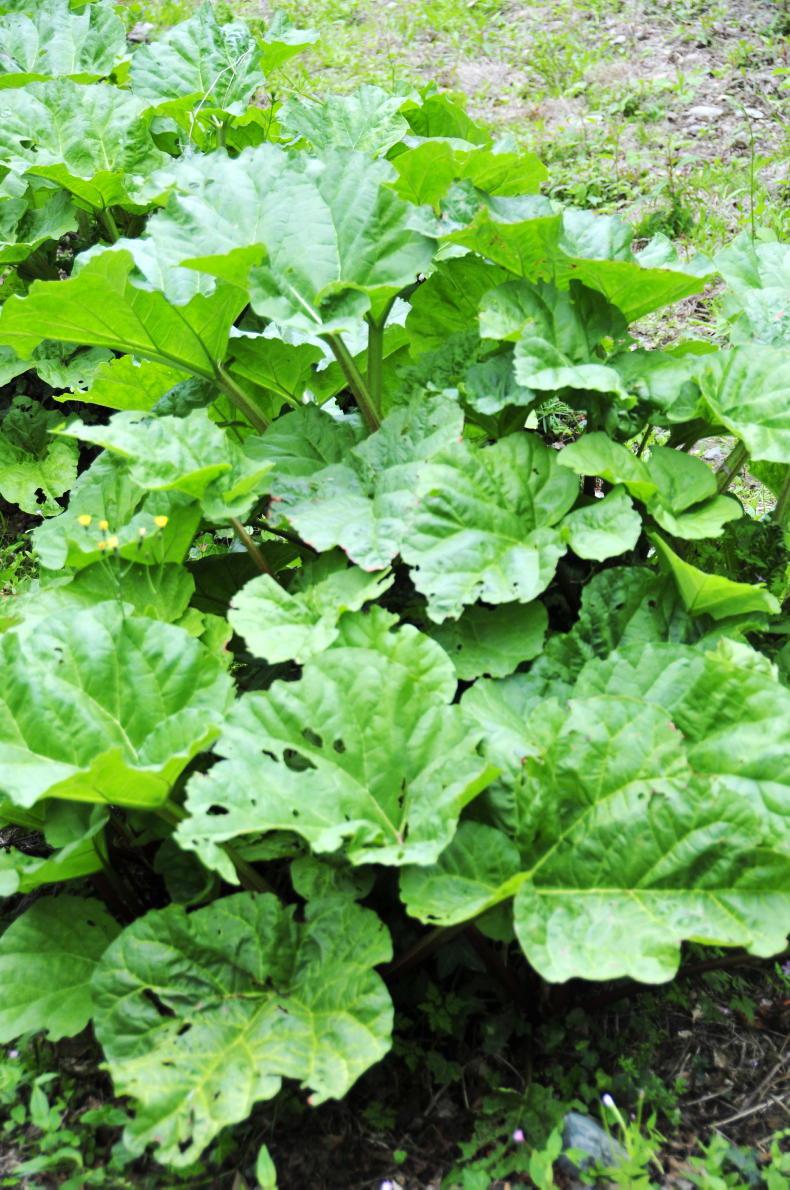
Rhubarb.
Water rhubarb plants during any dry spell of more than a week, giving 10 to 15 litres at a time. Also mulch the area of the rhubarb root system using garden compost or other organic material. Stop pulling the leaves in early July to give the plants the opportunity to build up their resources for next year’s crop. One other aspect of growing rhubarb is to consider what level of competition the plants are trying to tolerate. It is very common for trees and hedges to become larger and over a few years present severe pressure for water and nutrients. Rhubarb plants can be moved during winter to more suitable places.
Fruit, vegetables and herbs
Repeat sowings of quick-maturing vegetables, such as lettuce, radish, Chinese vegetables, spinach and white turnips. Thin out vegetables that have reached suitable size, and control weeds early. Weed growth has been strong, with rain showers and sunshine.
Trees, shrubs and roses
Rain cannot be relied on to water young trees and shrubs and they should be checked for drought. If rose bushes are susceptible to rose blackspot, continue to spray against the disease after wet weather. Shrubs going out of flower can be pruned.
Flowers
Bedding plants can be planted, and containers and baskets planted up. There is still time for them to give value. In a flower bed, be sure to control the first flush of weeds among bedding plants. Continue to watch for slugs and snails.
Lawn
Lawns have been growing well for weeks with a good mix of rain and sunshine. There has been little or no need to spread lawn fertiliser except to weak lawns on dry soil. Edges of lawns where they meet borders of paths need to be kept trim.
Greenhouse and house plants
Provide ventilation on hot days and some shade for plants that suffer when the temperature rises in a greenhouse. Continue to feed greenhouse plants every two weeks or so to get good growth and continue to water well. Control pests.
Read more
Gerry Daly: bring some heavenly blue Lithodora into your garden
Mary Keenan's Garden Diary: mind the gaps
Name: Yellow stonecrop has several other names that indicate its colour of flowers and other features. These names include orange stonecrop, a reference to the colour of the seed pods, Russian stonecrop, reference to its geographical occurrence, and Kamchatka stonecrop, a more precise reference to its natural location. Stonecrop grows in very dry, stony soil and, in some cases, on walls. This species is related to the native stone crop or wallpepper. The latter is so named because its small fleshy leaves have a peppery taste.
Botanical name: The botanical name is Sedum kamschaticum as it comes originally from the Kamchatka Peninsula in eastern Siberia, a very remote area that is accessible only by flying or by sea. It is a land that is punctuated by 300 volcanoes, 30 of which are large and active. It was the location, in 1952, of an enormous earthquake that sent 15 metre tsunami waves throughout the Pacific, with smaller ones as far south as southern Australia.
The peninsula is at the northern end of the volcanic fault line that includes Japan, the Pacific islands and New Zealand. It has a severe snowy winter climate. In summer, it can be very wet and marshy. Work has been done in recent decades on the reclassification of sedum and its related genera and species. Some authorities used to place sedum within the genus, Crassulaceae. Some of these species are not hardy in frost, such as the Jade tree or money trees, while others can withstand severe cold.
Garden value
The plant is evergreen with small, fleshy leaves about the size of a teaspoon each. These are fleshy and waxen on the outside. Both of these strategies are defences against moisture loss, which is often associated with dry soil, but can also be caused by desiccation that occurs under very cold conditions.
As a garden plant, this sedum is very robust and can be used in a variety of ways. Its most obvious use is in a rock garden where its mats of fresh green foliage set off stone, gravel and sand very effectively. It can be planted at the front of beds and borders where it acts as a resilient ground-cover plant. Stonecrop species in general are associated with walls and particularly attractive when they are growing in the top of a wall which could be a boundary wall or a retaining wall holding back soil.
While the foliage of sedum is active, the flowers make a perfect complement. The tiny yellow flowers are only 1cm or so in diameter so can be boosted in their effect by being produced in large numbers. The individual flowers are star-shaped with pointed petals and jaunty, pollen-carrying stamens set them off nicely. Like many plants that have to contend with severe weather events, this sedum opens its flowers over a period of several weeks in late spring and summer. But the advantage from a garden value assessment is a useful plant that bears flowers for a long time and is evergreen with shiny green leaves.
Growing sedum
Originating in such a variety of habitats, most of them harsh, it is not surprising that this sedum is very easy to grow.
It tolerates any kind of soil that is not wet continually in winter. Wet conditions cause the stems and roots to rot. It is completely impervious to wind damage and it is much better off in full sunshine, or low levels of shade. While the yellow stonecrop is an attractive garden plant, it is not often seen for sale in garden centres. More often, a few slips are swapped by gardening friends and neighbours. These are easily rooted in a jam-jar, taking only two weeks.
When a good set of roots has been achieved, the plants can be potted up or planted outdoors.
Rhubarb is somewhat strange in that it is a vegetable that is used as a fruit. Only the leaf stalks are eaten. The earliest leaves are pulled in spring, ‘Timperley Early’ being easy to grow. Rhubarb is a member of the dock family, and like many members, it can suffer badly in dry soil and a dry summer. We endured the wettest March on record and it is unlikely that much of the soil reserves have been depleted, but it doesn’t take very long until rhubarb is threatened by drought.

Rhubarb.
Water rhubarb plants during any dry spell of more than a week, giving 10 to 15 litres at a time. Also mulch the area of the rhubarb root system using garden compost or other organic material. Stop pulling the leaves in early July to give the plants the opportunity to build up their resources for next year’s crop. One other aspect of growing rhubarb is to consider what level of competition the plants are trying to tolerate. It is very common for trees and hedges to become larger and over a few years present severe pressure for water and nutrients. Rhubarb plants can be moved during winter to more suitable places.
Fruit, vegetables and herbs
Repeat sowings of quick-maturing vegetables, such as lettuce, radish, Chinese vegetables, spinach and white turnips. Thin out vegetables that have reached suitable size, and control weeds early. Weed growth has been strong, with rain showers and sunshine.
Trees, shrubs and roses
Rain cannot be relied on to water young trees and shrubs and they should be checked for drought. If rose bushes are susceptible to rose blackspot, continue to spray against the disease after wet weather. Shrubs going out of flower can be pruned.
Flowers
Bedding plants can be planted, and containers and baskets planted up. There is still time for them to give value. In a flower bed, be sure to control the first flush of weeds among bedding plants. Continue to watch for slugs and snails.
Lawn
Lawns have been growing well for weeks with a good mix of rain and sunshine. There has been little or no need to spread lawn fertiliser except to weak lawns on dry soil. Edges of lawns where they meet borders of paths need to be kept trim.
Greenhouse and house plants
Provide ventilation on hot days and some shade for plants that suffer when the temperature rises in a greenhouse. Continue to feed greenhouse plants every two weeks or so to get good growth and continue to water well. Control pests.
Read more
Gerry Daly: bring some heavenly blue Lithodora into your garden
Mary Keenan's Garden Diary: mind the gaps





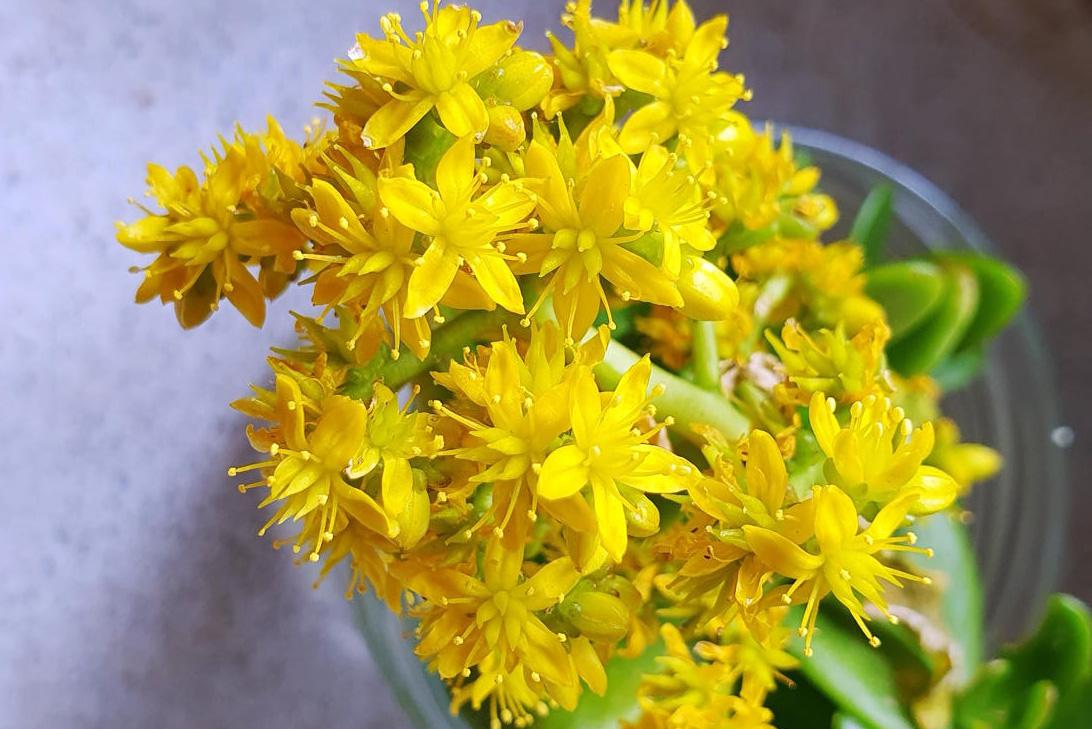

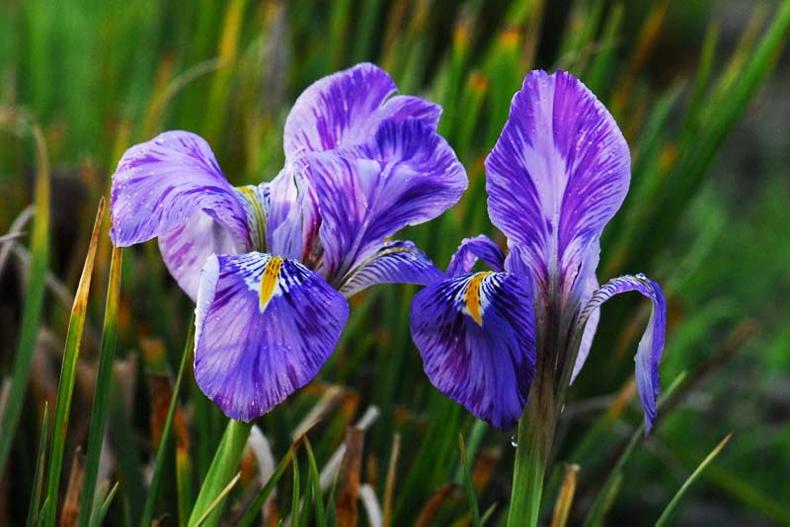
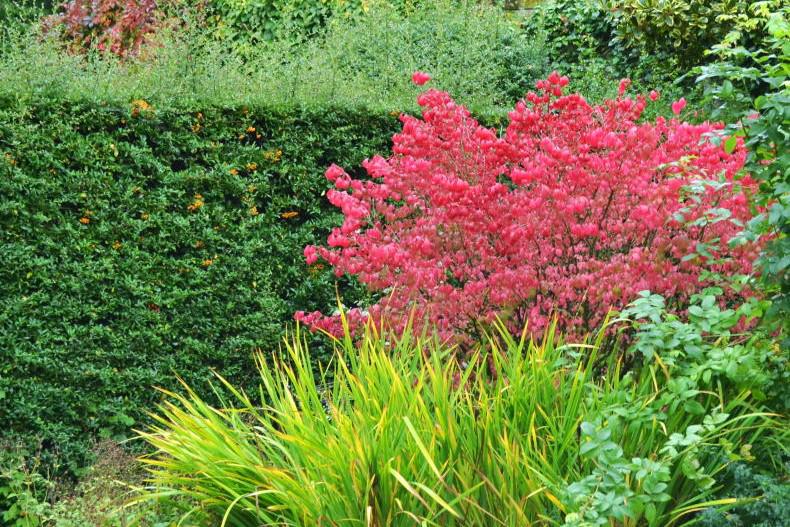
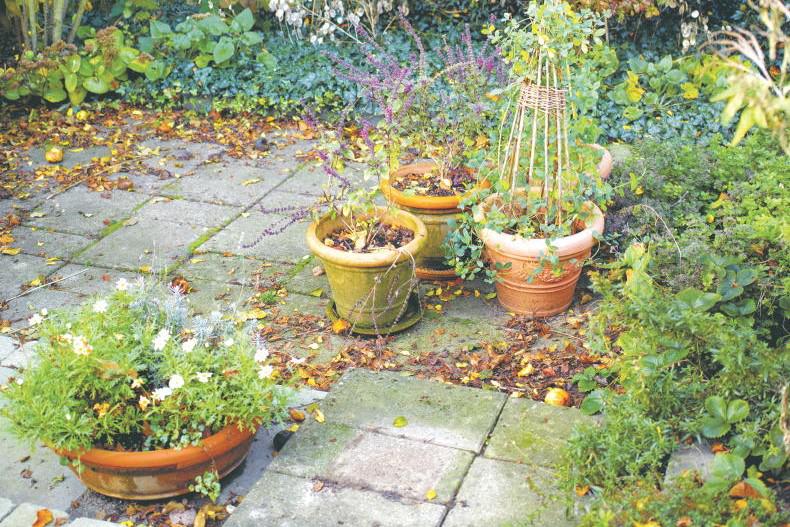
SHARING OPTIONS